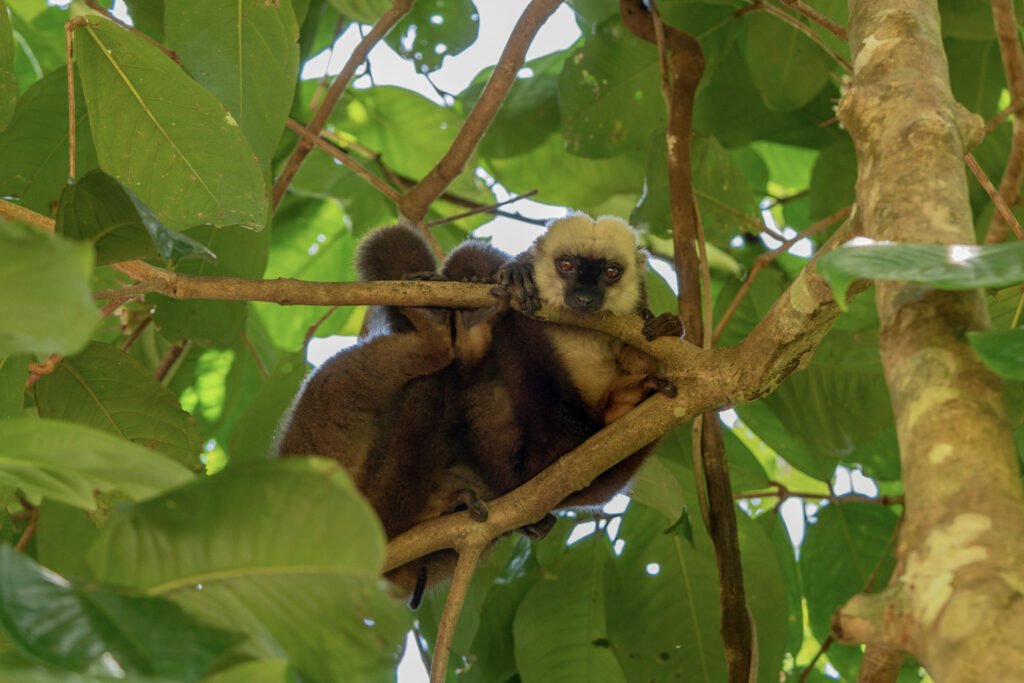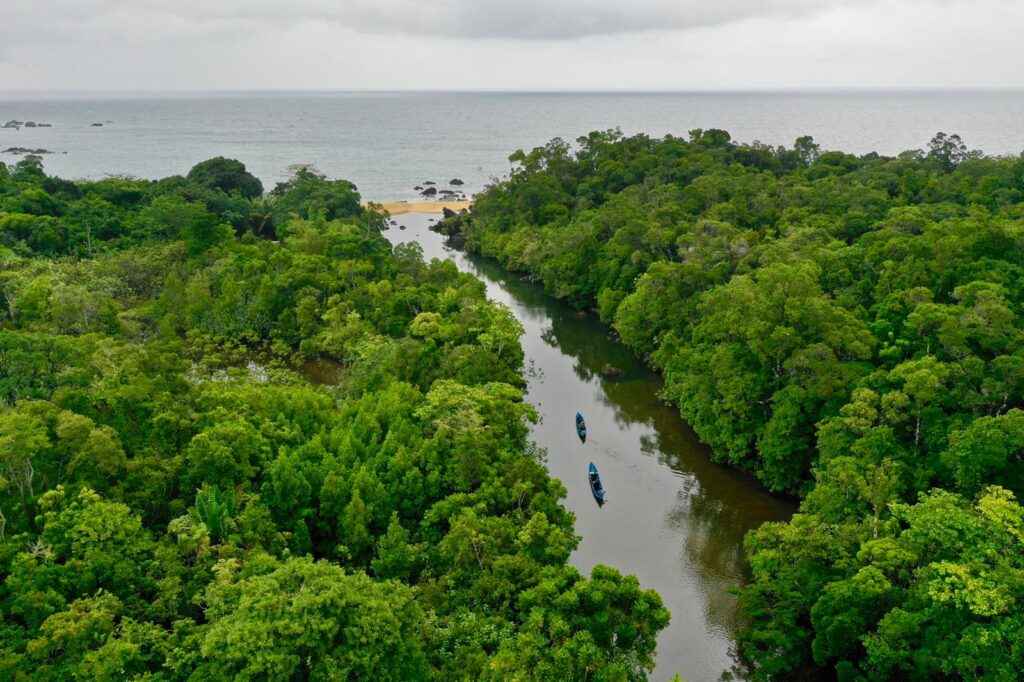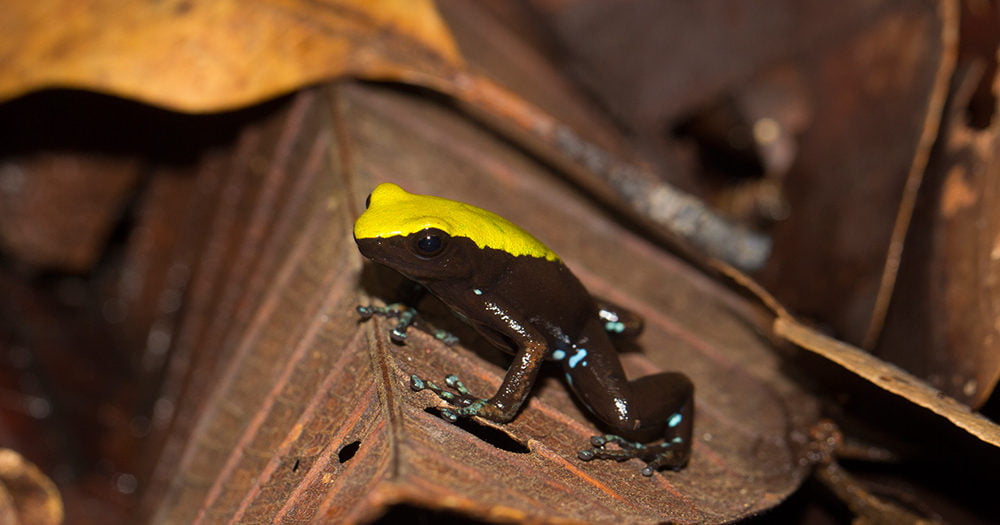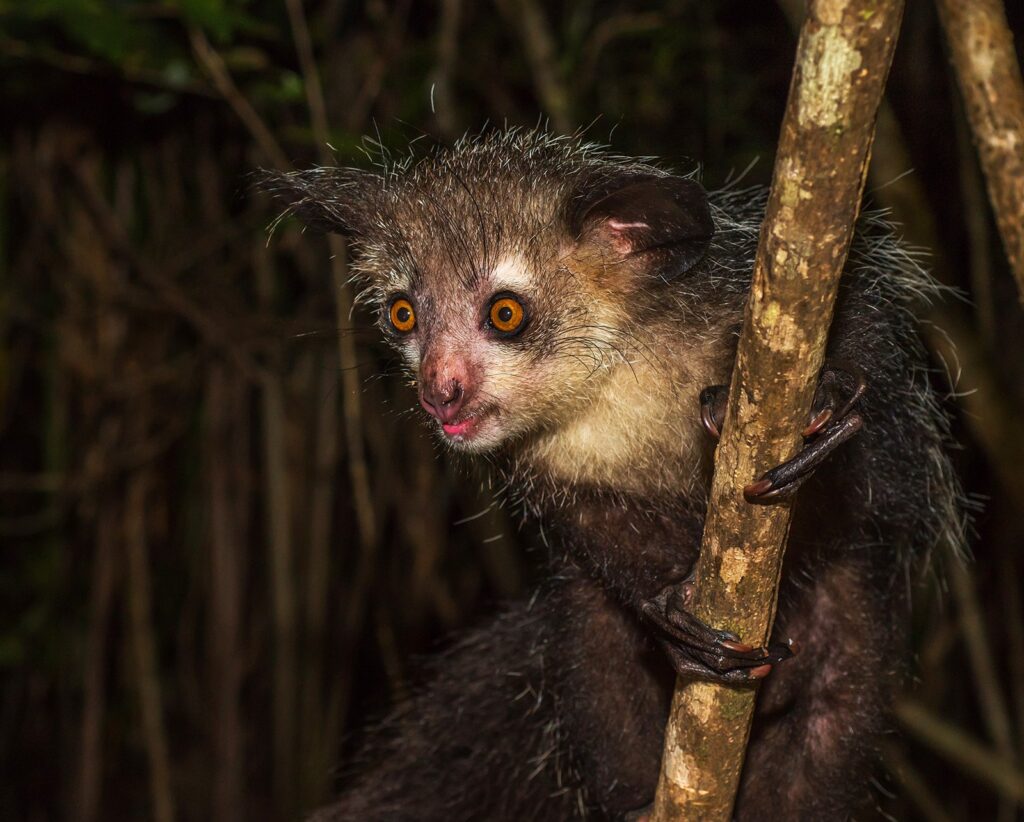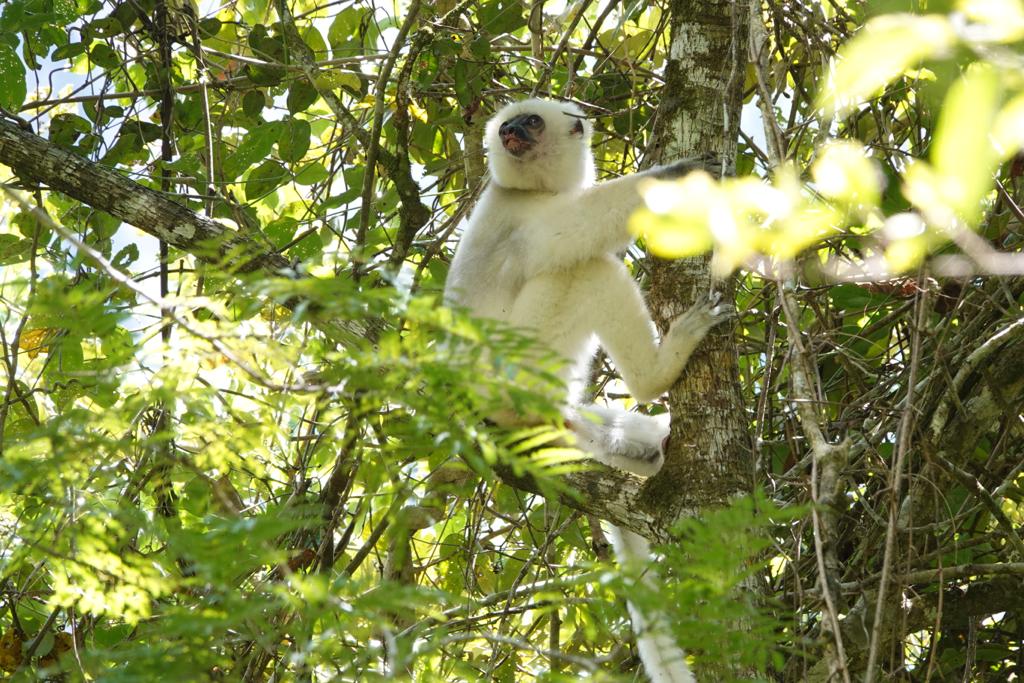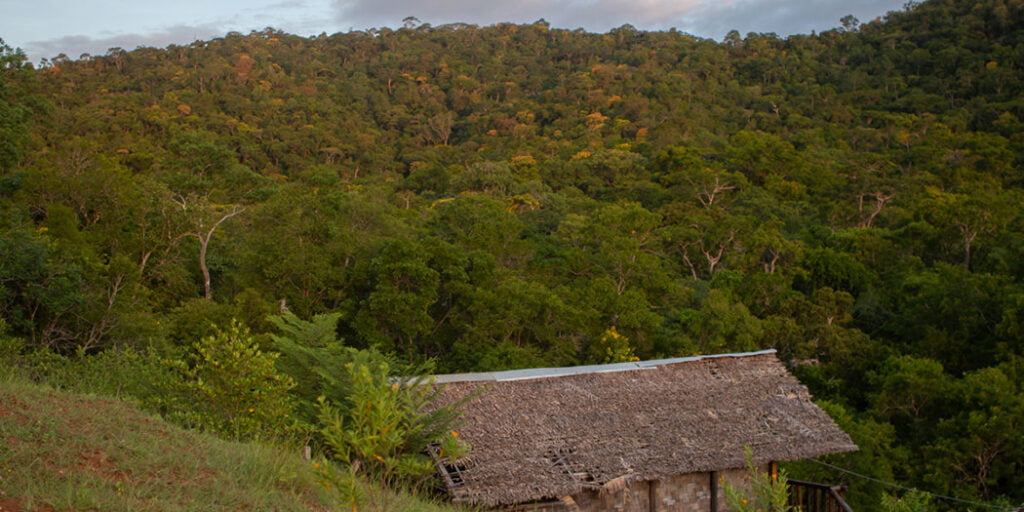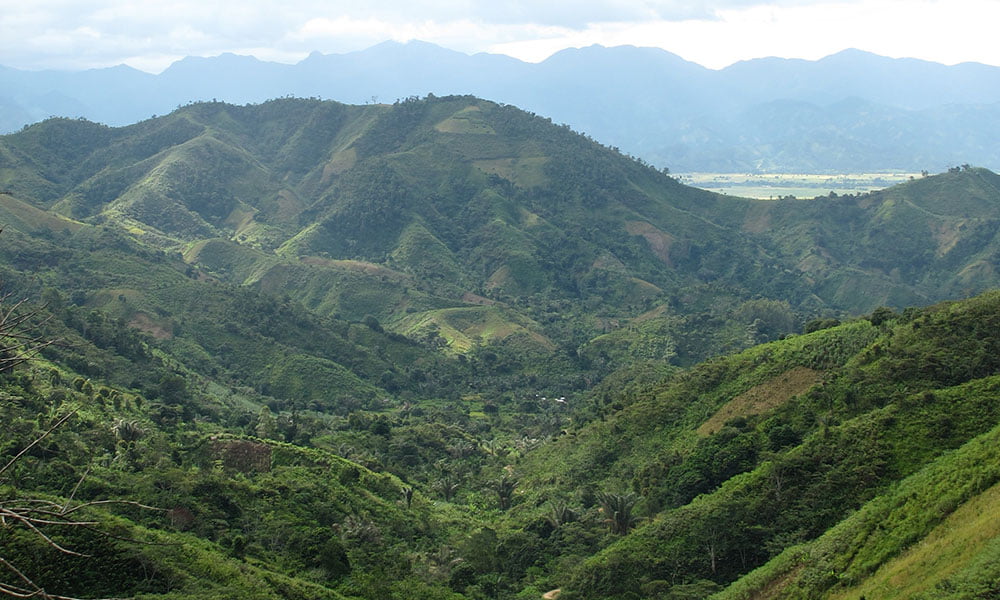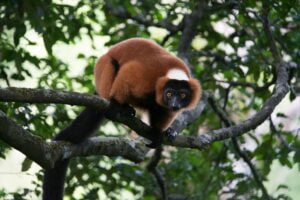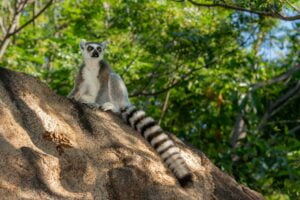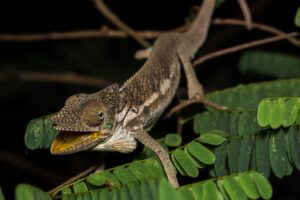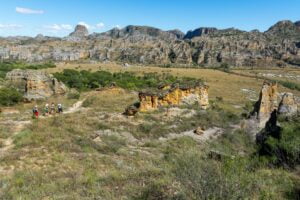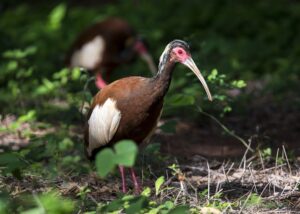
- Madagascar travel
- Masoala & Northeast
Masoala & Northeast
Masoala National Park
Masoala National Park, located on the Masoala peninsula in the northeast of Madagascar, is a key tourism destination. Covering 240,520 ha, it is the largest protected area in Madagascar and part of the Rainforests of the Atsinanana, a UNESCO World Heritage site in Danger since 2010. The park’s altitudes range from sea level to 1311m and feature granite rocks, a coastal plain, sandy bays, and reefs.
Home to 2% of the world’s plant and animal species, Masoala showcases unique and endemic species such as the aye-aye, red-ruffed lemur, and Madagascar red owl. The rainforest, the largest remaining in Madagascar, is a paradise for wildlife enthusiasts, hosting over 60 reptile and amphibian species, 10 lemur species, 15 mammals, 90 bird species, and 130 butterflies. Notable inhabitants include the rare Aye-Aye, Red Ruffed Lemur, and the tiny red mouse lemurs.
The park’s flora features precious woods like ebony and beautiful orchids. Its diverse wildlife includes chameleons, geckos, and the rare serpent eagle. Extending to pristine shores, Masoala also includes three marine parks that protect over 10,000 ha of coral reefs, marine plants, and mangroves. Marine reserves around the peninsula are home to over 3000 fish species, dolphins, turtles, dugongs, and humpback whales (July to September).
Antongil Bay and the surrounding coral reefs provide excellent opportunities for diving and snorkeling, offering encounters with vibrant marine life and untouched beaches. Discover the allure of Masoala, where unspoiled rainforests meet the sea, creating a captivating guided tour destination for nature lovers.
Nosy Mangabe reserve
Nosy Mangabe, located 5km off Maroantsetra in the northeast of Madagascar, is a tropical island enveloped in lush forests, towering canarium trees, waterfalls, and a spyglass hill offering panoramic views. Part of the Masoala National Park, this special reserve is a dream for nature enthusiasts. It features a rich history of trade, piracy, and 16th-century Dutch sailor rock carvings on Plage des Hollandais.
Today, Nosy Mangabe is renowned for its Aye-Aye lemurs, introduced in the 1960s. Camping for one or two nights enhances the chance to observe these nocturnal creatures. The island is also home to various lemurs, birds, reptiles, and amphibians, including notable leaf-tailed geckos.
From June to September, humpback whales grace the shores, earning Antongil Bay the nickname « the cradle of whales. » Dolphins, sea turtles, and vibrant marine life add to the island’s appeal. Diverse hiking trails cater to different skill levels, leading visitors through moss-covered rainforests, ancient graves, Dutch inscriptions, waterfalls, and an abandoned lighthouse. Nosy Mangabe, a paradise for lemur and reptile enthusiasts, offers relaxation on golden beaches amidst the rainforest’s proximity.
Farankaraina tropical park - the Aye-Aye’s natural habitat.
Accessed by boat through a tributary of the Antainambalana River, followed by an hour’s trek from Maroantsetra, this area in the northeast of Madagascar remains relatively unexplored. It offers the best opportunity in Madagascar to encounter the peculiar nocturnal lemur, the aye-aye, in its natural habitat. Abundant rainforest wildlife includes the Northern bamboo lemur, white-fronted brown lemur, and various other nocturnal species.
The forest is home to a sizable population of the giant leaf-tailed gecko (Uroplatus fimbriatus) and provides excellent chances to spot lowland streaked tenrecs, ring-tailed vontsira, and forest-dwelling crabs. Bird enthusiasts can enjoy sightings of the blue and red-fronted coua, the henst goshawk, and numerous frogs in this diverse ecosystem.
Whether you’re interested in guided tours, wildlife, or simply a unique visit to Madagascar, this tour company provides exceptional travel experiences in the region.
Trekking at Marojejy National Park.
Marojejy National Park in northeast Madagascar is a unique and visually stunning destination known for its dense rainforests, towering cliffs, and exclusive flora and fauna. Designated a UNESCO World Heritage Site in 2007, the park was initially described by Professor Henri Humbert in 1948 and spans 55,500 hectares, protecting the entire Marojejy Massif. It is home to eleven lemur species, including the critically endangered Silky Sifaka. The park’s diverse ecosystems, from low-altitude rainforests to high-altitude montane scrub, host numerous plant and animal species.
Since becoming a national park in 1998, Marojejy continues to reveal new species during scientific expeditions. Visitors can explore year-round, with optimal times from April to May and September to December. Guided tours offer varying lengths, allowing travelers to experience the park’s natural wonders and unmatched biodiversity. For those interested in Madagascar travel and tours, Marojejy is a premier destination for wildlife enthusiasts and nature lovers.
Daraina protected area – Loky Manambato
Daraina – Loky Manambato Protected Area is a haven for wildlife enthusiasts and an ideal spot for stunning wildlife photography. Located in the northeast of Madagascar, this hidden gem rivals more popular destinations, offering a unique chance to see remarkable species like the elusive aye-aye, Daraina sportive lemur, golden-crowned sifaka, Sanford’s brown lemur, and the greater hedgehog tenrec. Daraina is notable for being the exclusive habitat of the golden-crowned sifaka, one of the world’s rarest primates. The rolling hills covered in deciduous and semi-evergreen forests make Daraina one of the most ecologically sensitive areas in northern Madagascar.
Visitors may also encounter a new species of fork-marked lemur discovered in 2010. The endemic Daraina sportive lemur (Lepilemur milanoi) is another rarity. For reptile enthusiasts, Daraina offers a diverse range, including chameleons (Furcifer petteri), geckos (Paroedura spp., Uroplatus henkeli), and other lizards. The area is home to 10 lemur species, about 130 bird species, nearly 75 reptile species, and over 35 amphibian species. Despite limited accessibility and no formal tourist amenities like hotels or lodges, basic accommodations are available in Daraina village. For an immersive experience with the lemurs, it’s best to bring a tent and camp at the forest’s edge.
Anjanaharibe Sud Special reserve
Nestled deep in the remote mountains of the northeast of Madagascar, the Anjanaharibe-Sud Special Reserve is a hidden gem, boasting some of the last pristine mid- and high-elevation rainforests in the country. With altitudes from 500 m to Anjanaharibe-Anivo Peak at 2064 m, the reserve hosts diverse ecosystems and unique microclimates for a variety of plant and animal species. Access may be challenging, but for adventurous travelers, the rewards are immense. Anjanaharibe-Sud is home to rare and endemic species, making it a top priority for biodiversity conservation. The name « Anjanaharibe » means « Place of the Great God » in Malagasy, highlighting its cultural significance.
The reserve is notable for hosting unique species like the all-black babakoto (indri), the silky sifaka, and the ancient Takhtajania tree. The babakoto’s distinctive calls echo through the mountains, while the silky sifaka, a critically endangered lemur, is found only here. The Takhtajania, a « living fossil, » is a rare tree species dating back 120 million years. Anjanaharibe-Sud offers an exceptional wilderness and cultural experience, open year-round with camping facilities like Camp Indri providing a friendly base amid the rainforest. The reserve’s conservation efforts are crucial for the survival of its unique species, making it a must-visit destination for those seeking rugged adventure and a glimpse into Madagascar’s wildlife.

